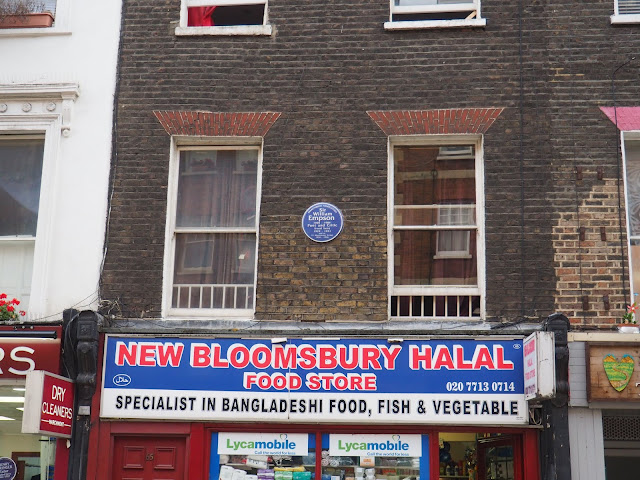I’ve been walking in Oxleas Wood, on the top of Shooter’s Hill in Greenwich. I was with my pal Hugh and his dog Fergus. This is Fergus:
Oxleas Wood is 77 hectares of ancient deciduous forest. Its initial survival is thought to have been because the land was too hilly to clear for human settlements. And it was part of the royal estate from the 14thto the 20thcentury which obviously guranteed that no riff raff would mess with it.
Tucked into Oxleas Wood is Severndroog Castle a great bit of folly architecture built as a memorial to Sir William James by his widow, Lady Jane, after his death in 1783.
Among other things, Sir William James was commander of the East India Company navy, and in 1755 he attacked and destroyed the island fortress of Suvarnadurg, off the coast of what is now India, what was then part of the Maratha Empire. Suvarnadurg currently looks like this:
Severndoorg is the Englished version of Suvarnadurg, though it seems that historically other spellings have been used:
As memorials and follies go it’s genuinely impressive, some fine brickwork and possibly a Thomasson:
But on the day we walked there, another memorial was visible.
It is a certain tree, unremarkable in itself, that Hugh tells me for a long time had a blue rope attached to one of the high branches, and local kids used to swing on the rope.
The rope has now gone and it’s not a place where children play because a young man, a single dad with a history of what we now call “mental health issues” hanged himself from that very rope. His name was Garry Guest. He was, inevitably, found by a dog walker.
The lower part of the tree has now been turned into a rough, makeshift memorial that is gradually being worn away by the elements. It’s strangely moving in its roughness and decay, not least the photograph and the empty Strongbow can.
No doubt it will not last as long as Severndroog Castle but in its way it's far more moving.
















































